
Condensation can be difficult to control and can't be stopped entirely. But it can be reduced and minimised to reduce possible issues that are associated with condensation.
Turning normal metal roofs into anti-condensation roof sheets is easy with some essential fixes. This can include applying a self-adhesive membrane fabric called Dripstop to the reverse of the roof sheets, or adding a vapor barrier and insulation.
It's important to remember that introducing proper ventilation at the eaves level, without comprising structural integrity, will help dripstop membrane work effectively in preventing condensation. This allows moisture to evaporate back into the atmosphere when the temperature changes.
Increasing ventilation within a building site, room, or interior space can also help encourage air circulation to prevent mould from building up.
There are other ways to tackle excess water or moisture, which can include using a dehumidifier which can reduce dampness. Read on to find out other ways you can prevent condensation build up within a room or on steel roofing sheets.

Article Contents
What Causes Condensation?

The reasons why condensation forms can include a lack of ventilation holes throughout a building. On top of this, poorly insulated roofs and high levels of humidity in the atmosphere also contribute to this.
Condensation is the formation of water droplets on a cold surface. This happens when hot air rises as a gas and then gradually cools and forms as water droplets.
Without proper ventilation, water droplets can sit for long periods of time and eventually drip down from the roof.
Because condensation occurs in specific scenarios, such as rooms with poor ventilation or lack of airflow, it's important to address these issues early on to avoid potential damage.
For low-pitched roofs, condensation problems can be more common. This is because of the low roof pitch angle which can reduce the way in which water will effectively run off the surface.
What Problems Does Condensation Cause?
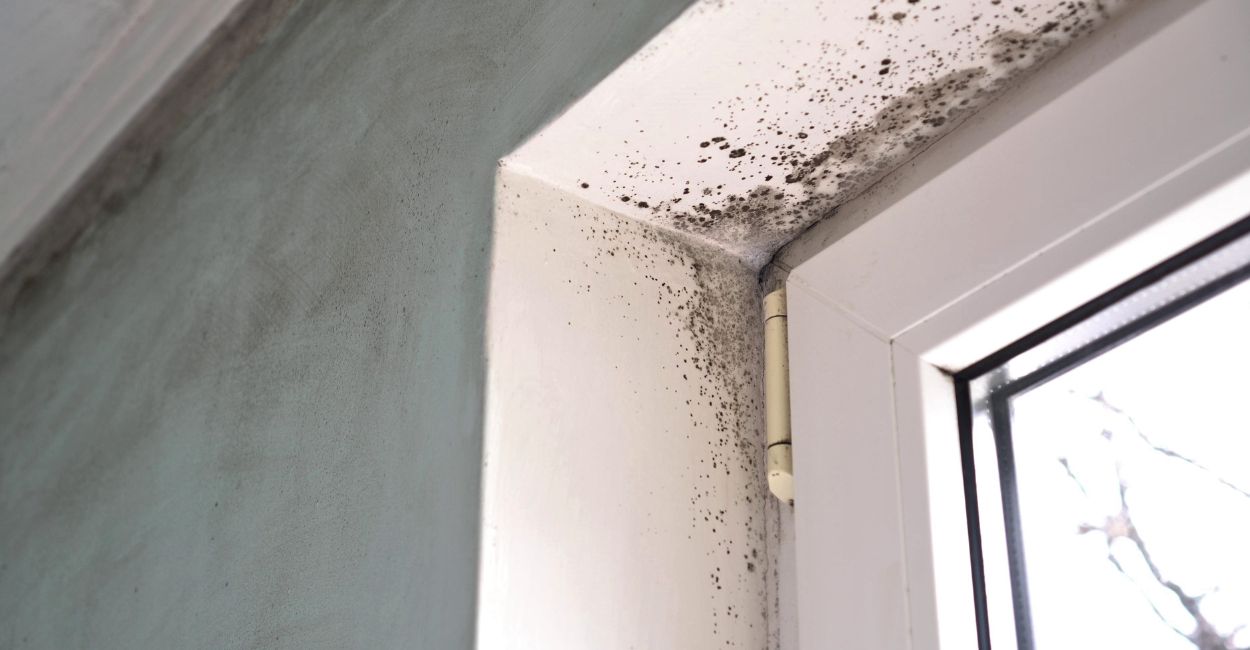
Condensation forming on the underside of a roof panel can result in long-term issues. The build-up of water condensation over time can lead to large amounts of water damage to the objects within a room. This can also lead to mould contamination of walls and ceilings.
Overexposure to dampness can cause the contents of a building to be saturated, especially if prolonged dripping occurs. This can create rot or mould, which can cause permanent long-term damage to objects or surfaces.
Condensation can also cause problems with black mould growing on walls. This can damage materials which can lead to unpleasant smells and a danger to health. This is something that should be addressed and dealt with sooner rather than later.
How To Prevent Condensation on Roofing Sheets
Moisture in the air, otherwise known as humidity, forms more commonly in colder months of the year. This is because there's a greater difference between the inside temperature and the surface temperature of the steel sheeting or roof material.
When installing metal roof sheets, it's important to consider the roof slope, along with the amount of ventilation and types of insulation materials, that have been used.
To prevent condensation problems on steel roofing sheets, either reduce humidity, provide adequate insulation, increase ventilation or include Dripstop membrane on the reverse of steel roofing sheets. All are proven ways to prevent condensation from forming and dripping.
Solutions
Anti-Condensation Paint
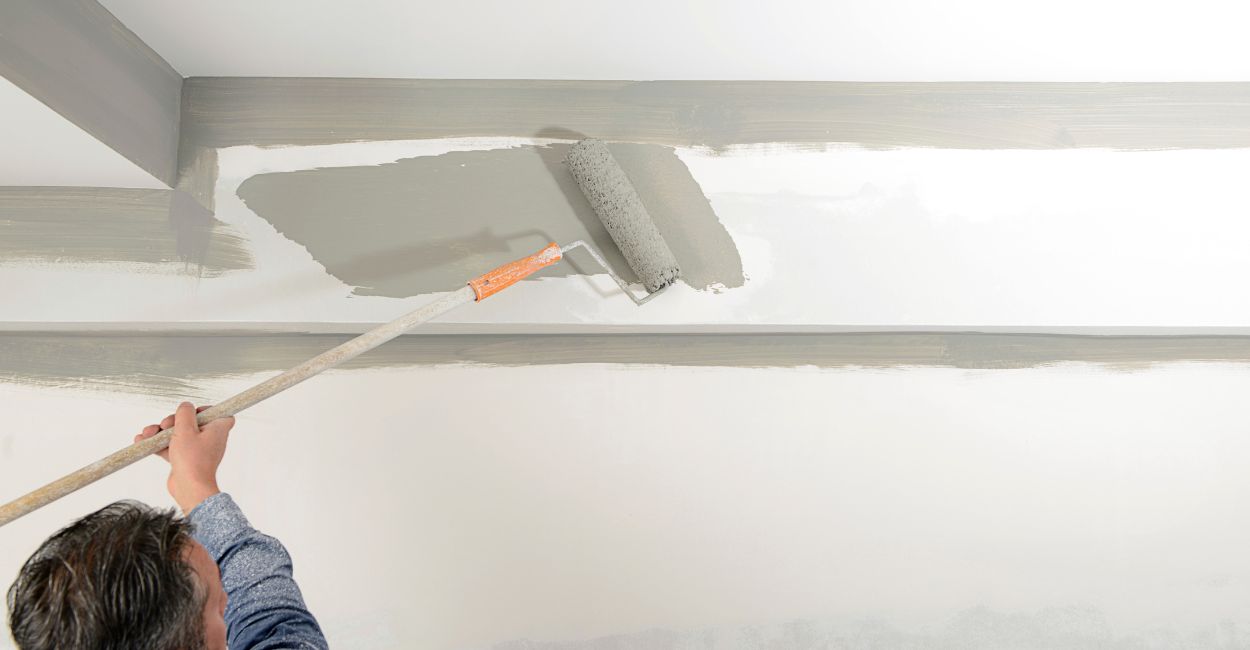
Anti-condensation paint, or mould-resistant paint, can be purchased in tins and can be used in high-humidity areas to reduce the formation of condensation.
The disadvantages of paint are the initial costs and labour time, as well as reapplication when required. This also depends on the material of the roof and whether it's possible to paint the surface of the ceiling.
Anti-Condensation Sheets - Dripstop Membrane
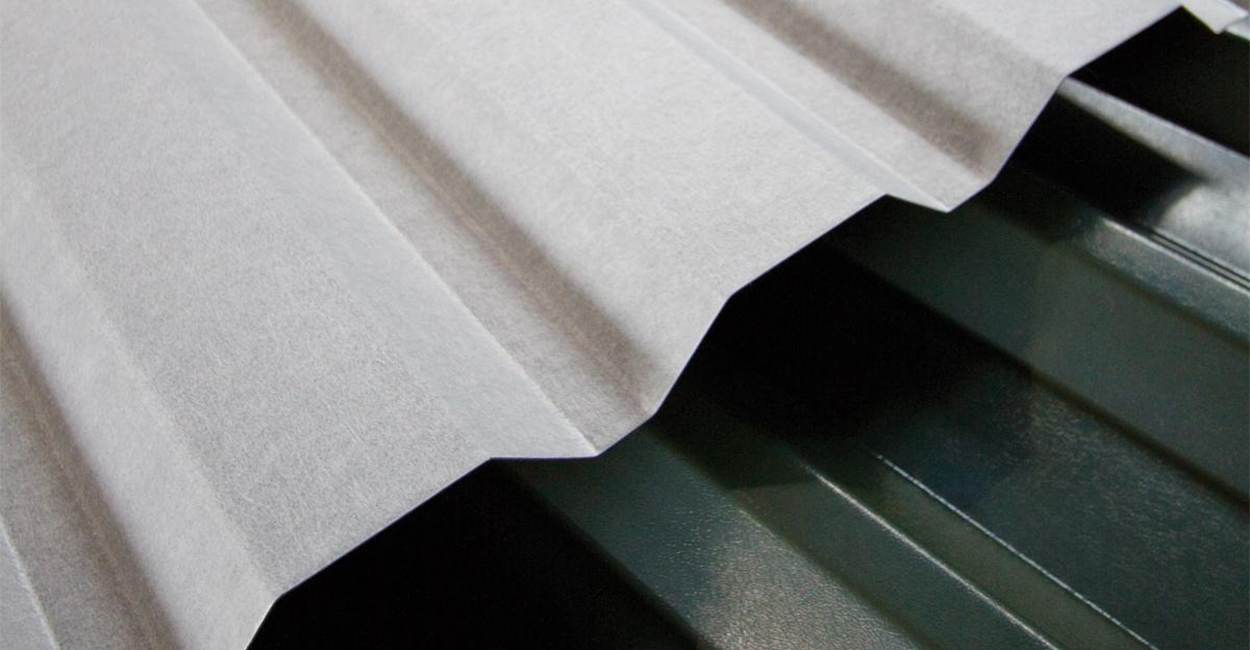
Dripstop can be included on the reverse side of steel corrugated roofing sheets, tile form and box profile sheets during the manufacturing process. Dripstop is a fabric membrane that is adhered to the underside of the sheeting for an effective way to reduce moisture build and dripping water.
If you are going the dripstop route, then be sure to include adequate ventilation for dripstop to work effectively. Dripstop creates a vapour barrier and holds condensation in specially designed pockets to stop it from dripping until the temperature changes above the dew point. This allows water droplets to evaporate back into the air and this repeats in a cycle.
Apply dripstop to the corrugated roof to allow warm air to cool and evaporate when returning to the dew point. Dripstop can be added to all steel profiles including tile form, box profile, and a corrugated metal roof. Applied to the underside of metal roofing panels, dripstop allows for adequate drainage from the specially designed pockets formed in the fabric of the adhesive felt.
Vapour Barrier
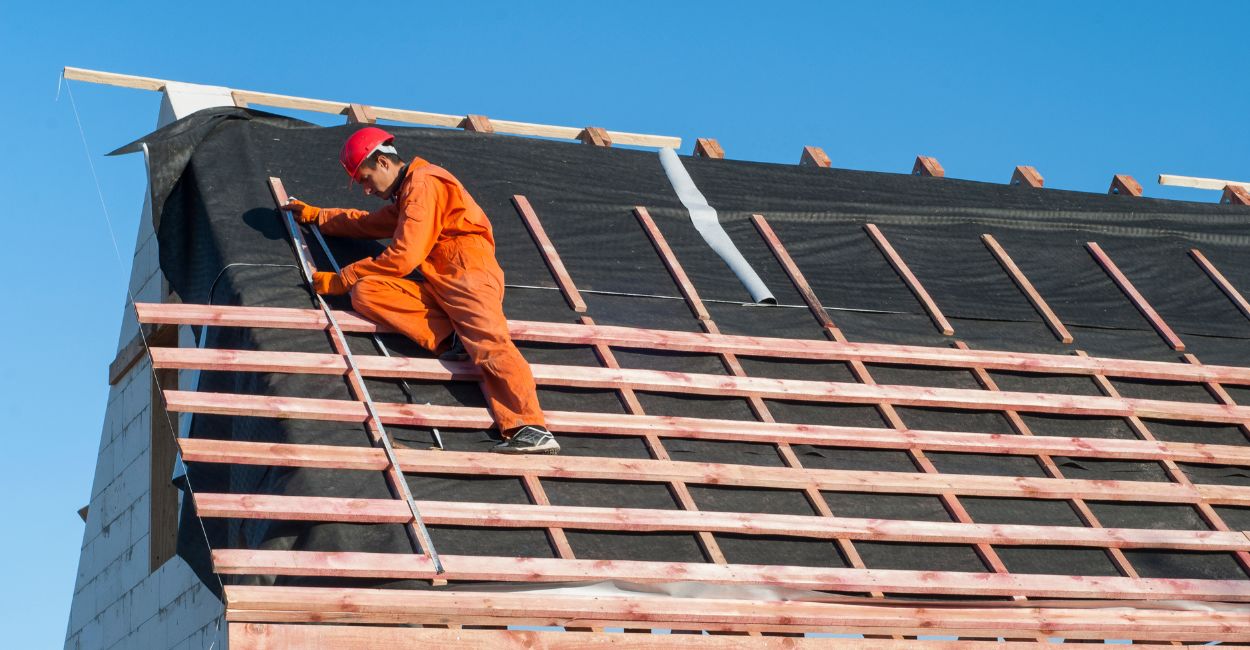
Vapour barriers offer an effective way to increase airflow and improve the thermal performance of a building. Vapor barriers, when on a pitched roof, will help to prevent condensation from forming, while reducing the amount of moisture that can pass through.
Spray on Anti-Condensation Coating
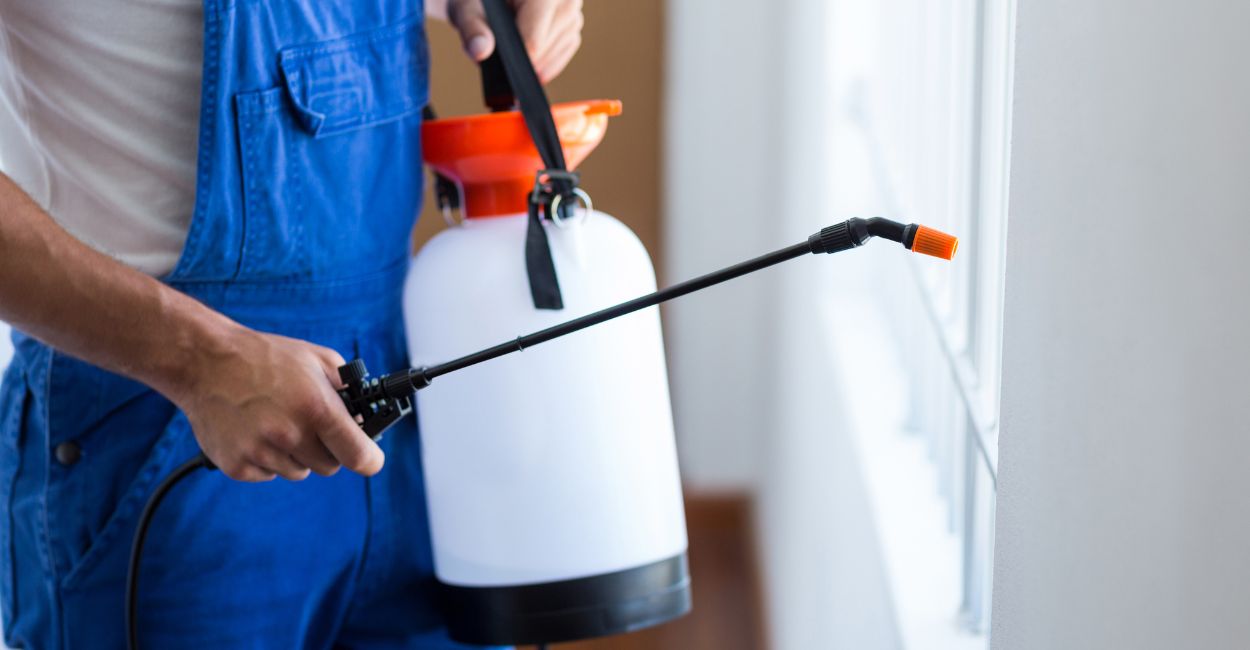
Anti-condensation spray foam can be applied to metal components and a metal surface. This can control condensation in rooms with a generally lower air temperature difference to the rest of the house, or where the correct insulation hasn't been installed.
Insulation
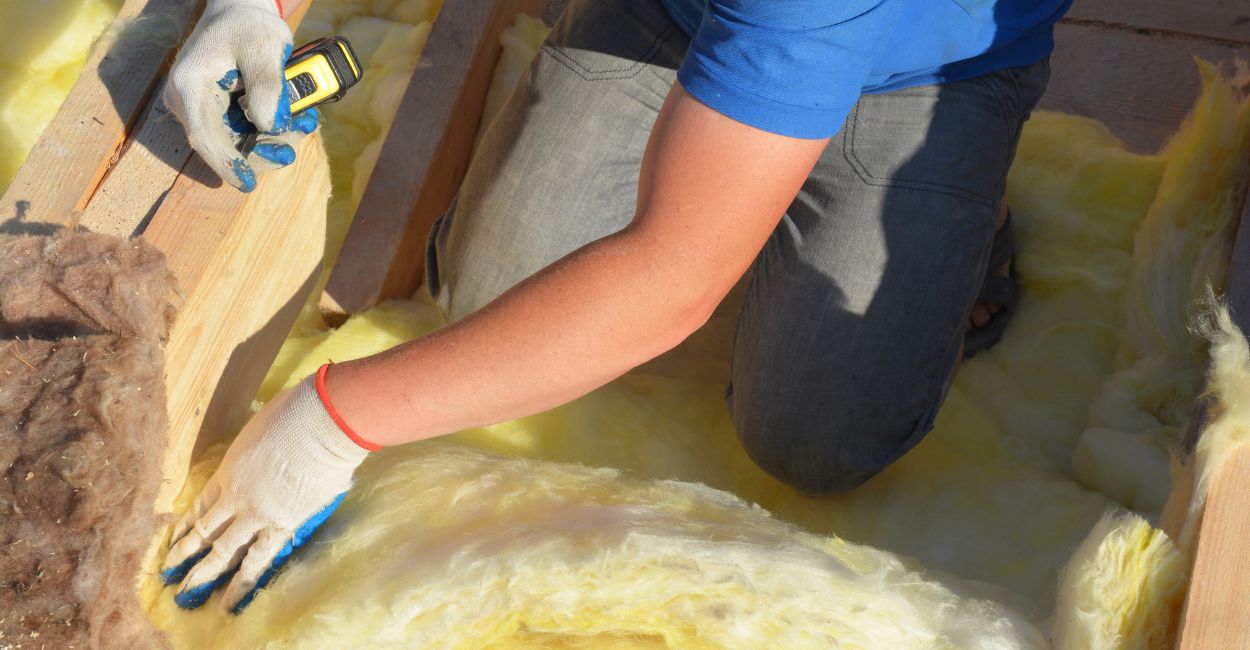
Insulating a roof or inside of a building is an excellent way to prevent moisture from forming into condensation droplets. Standard insulation will help to increase the temperature inside and provide an extra layer of warmth.
As the temperature and humidity conditions change in warm air, the amount of water in the air actually increases. However, as the interior of the biulding is insulated, this will help to reduce condensation from forming on the underside of metal roof sheets.
Improved Ventilation
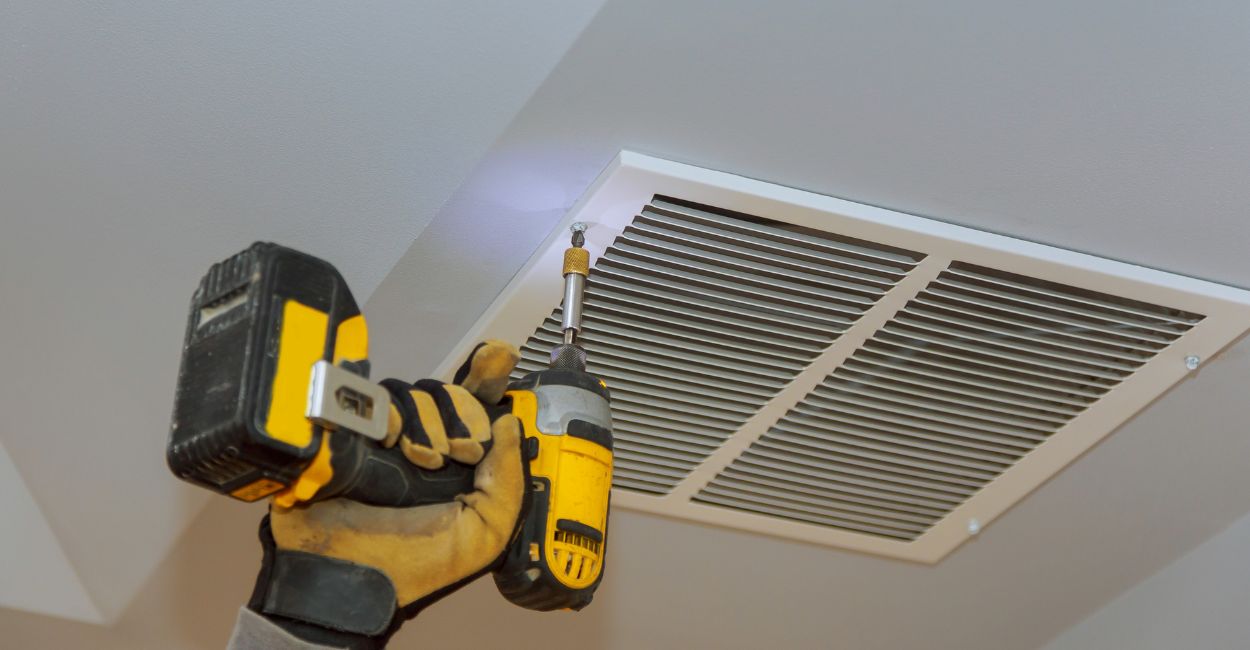
Air circulation is a vital factor in allowing moist air to flow away from the interior of a room. Increasing ventilation can be hugely beneficial for reducing condensation, which in turn can help to prevent mould and rot.
Agricultural buildings are designed in the construction process with gaps at the eaves. This helps to control condensation and allow cold air flow from the underside of a low roof pitch. Increasing exterior gaps between walls and ceilings is an effective way to increase the flow of air around a room.
A good place to start is to improve ventilation by opening windows and vents, or adding a fan to a room. This is often the most cost-effective solution, but its effectiveness will depend on the size of the room and the height of the ceiling.
De-humidifier
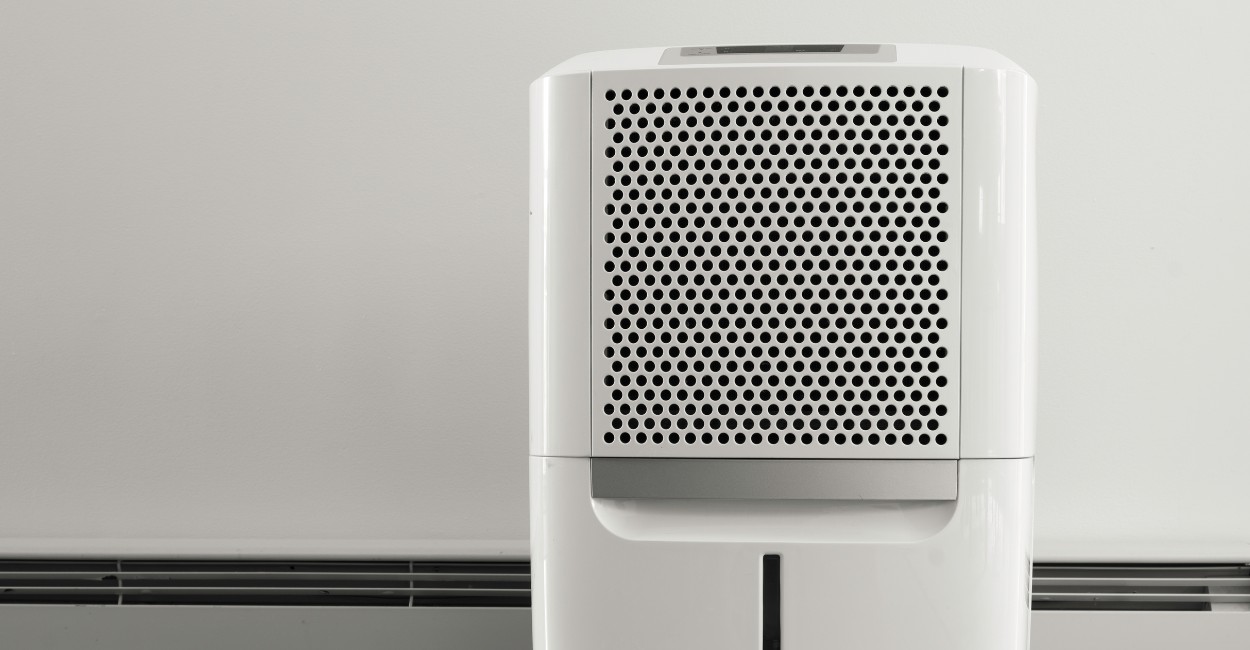
Introducing a dehumidifier to a room will help to reduce the levels of water in the air and excess humidity. This will help to reduce condensation by removing excess moisture in the air. A de-humidifier can help return the atmosphere to normal humidity and help to keep clothes or furniture dry, as well as reduce mildew growth from the walls and ceilings.
Dehumidifiers have limitations to their operating temperatures, notably on lower temperatures below 15 degrees C (60F). This can present some issues with using the dehumidifier in the cold winter months when moisture is more likely to occur.
Heating
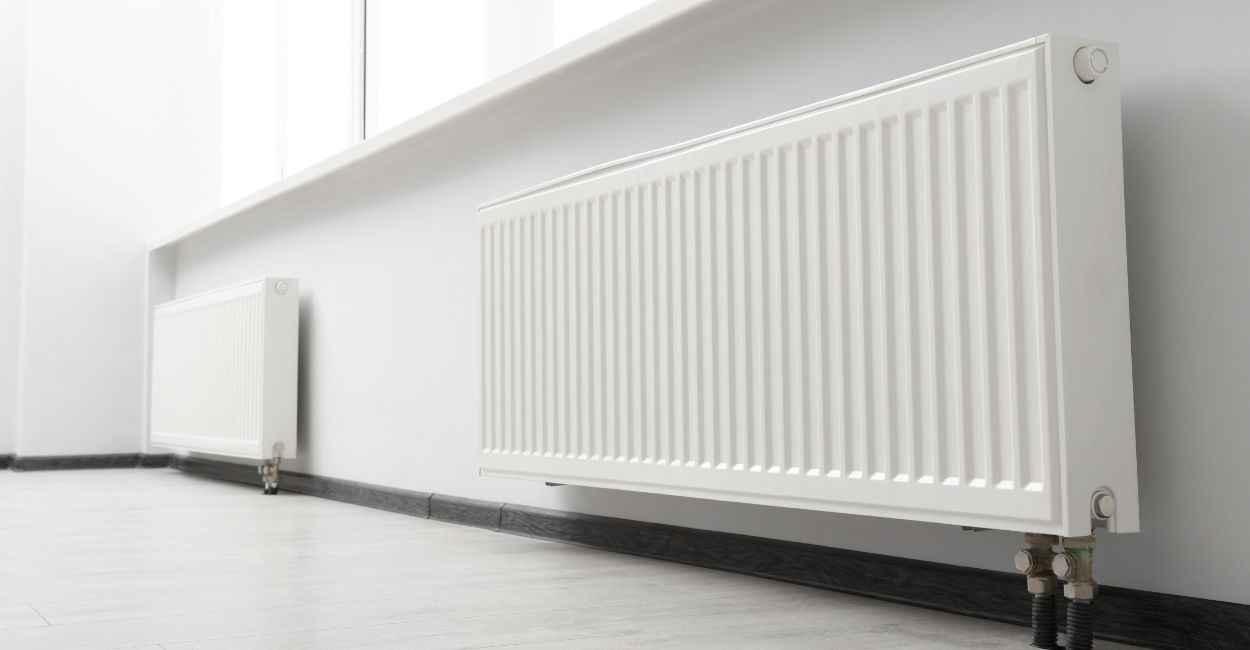
Condensation can be reduced in heated buildings by thermostatic devices. Whereas warm air holds more moisture than cold air, keeping the temperature at a consistent level and drying out the room with additional heating, can reduce humidity levels.
Heating works to reduce condensation and keep the internal air temperature consistent. This will not be the most cost-effective method, but maintaining a steady temperature in a room using a thermostat will be the best way to regulate heat and avoid a condensation problem.

